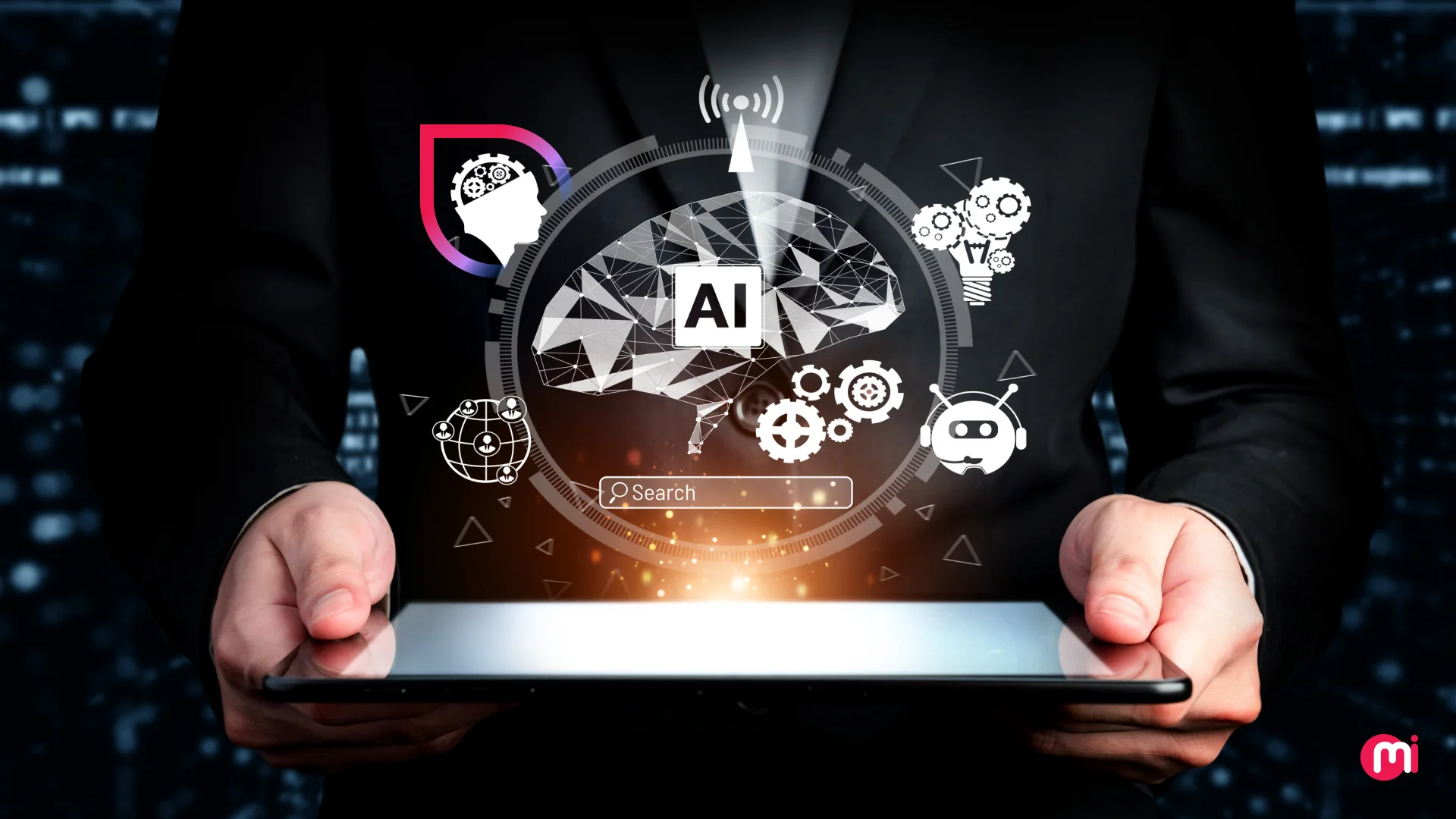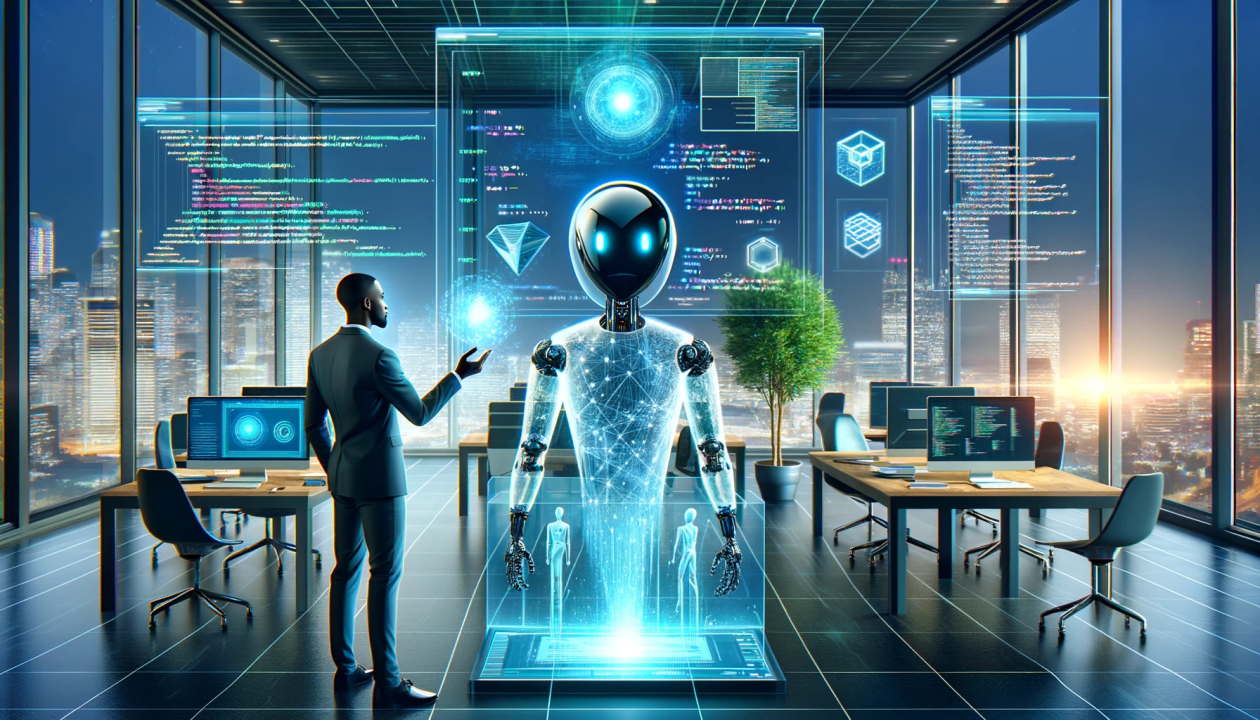The software development landscape is evolving rapidly with the integration of AI technologies. While traditional human development teams have been the backbone of software creation for decades, AI-powered approaches are emerging as a compelling alternative. This comprehensive comparison explores the strengths, weaknesses, and optimal use cases for both approaches.
The Traditional Human Development Team
Human development teams have been the standard approach to software development for decades. These teams bring unique strengths and capabilities that have shaped the industry and continue to be valuable in many contexts.
Strengths of Human Development Teams
1. Creative Problem Solving
Human developers excel at creative problem-solving and innovative thinking:
- Intuitive Understanding: Can grasp complex business requirements and user needs
- Creative Solutions: Develop innovative approaches to unique challenges
- Context Awareness: Understand the broader business and user context
- Adaptability: Can quickly adapt to changing requirements and technologies
2. Communication and Collaboration
Human teams excel at communication and collaborative development:
- Stakeholder Interaction: Direct communication with clients and stakeholders
- Team Dynamics: Effective collaboration and knowledge sharing
- Mentoring: Experienced developers can mentor junior team members
- Cross-functional Collaboration: Work effectively with design, marketing, and business teams
3. Quality Assurance and Testing
Human developers bring critical thinking to quality assurance:
- Manual Testing: Intuitive testing approaches that catch edge cases
- User Experience Focus: Understanding of user needs and behavior
- Code Review: Human judgment in code quality and best practices
- Security Awareness: Understanding of security implications and vulnerabilities
Challenges of Human Development Teams
1. Scalability Limitations
Human teams face inherent scalability challenges:
- Resource Constraints: Limited by available talent and budget
- Time Limitations: Development speed constrained by human capacity
- Knowledge Gaps: Dependencies on individual expertise and experience
- Turnover Impact: Loss of knowledge when team members leave
2. Consistency and Standardization
Maintaining consistency across human teams can be challenging:
- Coding Standards: Varying approaches to coding and documentation
- Quality Variation: Inconsistent code quality across team members
- Process Adherence: Difficulty maintaining consistent development processes
- Knowledge Distribution: Uneven distribution of knowledge across the team
The AI-Powered Development Approach
AI-powered development represents a paradigm shift in how software is created, maintained, and enhanced. This approach leverages artificial intelligence to augment or replace traditional human development processes.
Advantages of AI-Powered Development
1. Speed and Efficiency
AI can dramatically accelerate development processes:
- Rapid Code Generation: Generate boilerplate and complex code structures instantly
- Automated Testing: Create and execute comprehensive test suites automatically
- Continuous Integration: Automated build and deployment processes
- 24/7 Availability: AI systems can work continuously without breaks
2. Consistency and Quality
AI ensures consistent quality across all development activities:
- Standardized Code: Consistent coding patterns and standards
- Automated Code Review: Systematic analysis of code quality and security
- Best Practice Enforcement: Automatic application of industry best practices
- Error Reduction: Minimize human errors in coding and testing
3. Cost Effectiveness
AI-powered development can significantly reduce costs:
- Reduced Labor Costs: Lower dependency on expensive human developers
- Faster Time to Market: Reduced development time translates to cost savings
- Scalable Resources: Scale development capacity without proportional cost increases
- Maintenance Efficiency: Automated maintenance and updates
4. Advanced Capabilities
AI brings capabilities that exceed human limitations:
- Pattern Recognition: Identify complex patterns in code and data
- Predictive Analytics: Anticipate issues before they occur
- Multi-language Support: Work across multiple programming languages seamlessly
- Continuous Learning: Improve performance over time through machine learning
Limitations of AI-Powered Development
1. Context Understanding
AI may struggle with complex contextual understanding:
- Business Logic: Difficulty understanding complex business requirements
- User Experience: Limited understanding of user needs and preferences
- Domain Expertise: Lack of industry-specific knowledge and experience
- Creative Innovation: Limited ability to generate truly innovative solutions
2. Communication Challenges
AI systems face communication limitations:
- Stakeholder Interaction: Difficulty in direct client communication
- Requirement Clarification: Limited ability to ask clarifying questions
- Team Collaboration: Challenges in collaborative development environments
- Knowledge Transfer: Difficulty in explaining complex technical decisions
Hybrid Approach: The Best of Both Worlds
The most effective development strategy often combines the strengths of both human and AI approaches. This hybrid model leverages AI for efficiency and consistency while maintaining human oversight for creativity and context understanding.
AI-Assisted Human Development
In this model, AI tools augment human developers:
- Code Generation: AI generates initial code that humans refine and enhance
- Automated Testing: AI handles routine testing while humans focus on complex scenarios
- Code Review: AI performs initial code analysis, humans provide final approval
- Documentation: AI generates documentation that humans review and enhance
Human-Guided AI Development
Humans provide direction while AI executes:
- Requirement Definition: Humans define requirements, AI implements them
- Architecture Design: Humans design system architecture, AI generates code
- Quality Assurance: Humans define quality standards, AI enforces them
- Deployment Strategy: Humans plan deployment, AI executes it
Performance Comparison
Development Speed
When comparing development speed:
- AI-Powered: 60-80% faster than traditional human teams
- Human Teams: Slower but more thorough in complex scenarios
- Hybrid Approach: 40-60% faster with maintained quality
Code Quality
Quality comparison across approaches:
- AI-Powered: Consistent quality with fewer bugs
- Human Teams: Variable quality depending on team expertise
- Hybrid Approach: Highest quality through combined strengths
Cost Effectiveness
Cost comparison for different approaches:
- AI-Powered: 50-70% cost reduction for routine development
- Human Teams: Higher costs but better for complex, innovative projects
- Hybrid Approach: 30-50% cost reduction with maintained quality
When to Choose Each Approach
Choose AI-Powered Development When:
- Routine Development: Standard applications with well-defined requirements
- Rapid Prototyping: Quick development of MVPs and prototypes
- Maintenance Tasks: Routine updates and bug fixes
- Cost Sensitivity: Budget constraints require cost-effective solutions
Choose Human Development Teams When:
- Complex Innovation: Novel solutions requiring creative thinking
- User Experience Focus: Applications where user experience is critical
- Domain Expertise: Projects requiring deep industry knowledge
- Stakeholder Interaction: Projects requiring frequent client communication
Choose Hybrid Approach When:
- Balanced Requirements: Need both speed and quality
- Team Augmentation: Want to enhance existing human teams
- Risk Mitigation: Want to reduce risks while maintaining control
- Scalability Needs: Need to scale development capacity efficiently
Future Outlook
The future of software development will likely see increased integration of AI technologies, but human developers will remain essential for:
- Strategic Planning: High-level architecture and system design
- Creative Innovation: Novel solutions and breakthrough technologies
- User Experience Design: Understanding and designing for human needs
- Quality Assurance: Final validation and user acceptance testing
Conclusion
The choice between AI-powered development and human development teams is not binary. Each approach has its strengths and optimal use cases. The most successful organizations will be those that can effectively combine both approaches to create development processes that are fast, efficient, and high-quality.
At NewFaceTV, we've successfully implemented hybrid development approaches that leverage the best of both human expertise and AI capabilities. Our experience shows that the most effective development strategies are those that recognize the unique value that both humans and AI bring to the development process.
The future belongs to organizations that can effectively integrate AI into their development workflows while maintaining the human touch that ensures software meets real user needs and business objectives.
Ready to explore AI-powered development for your project?
Start Your AI Development Journey



